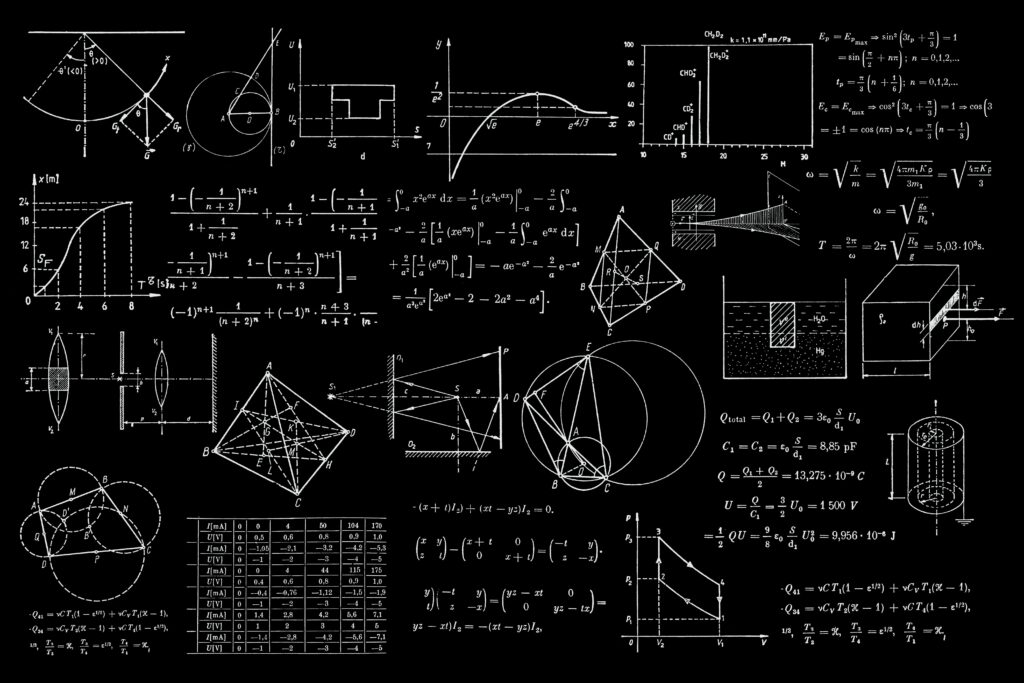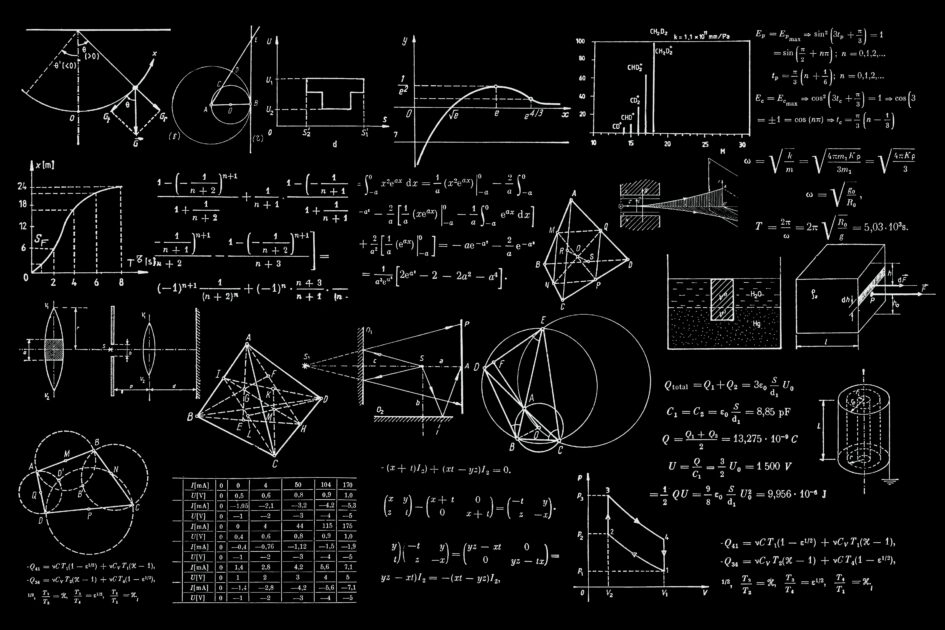This week’s topic in ed tech was online learning, both the pros of it, and the cons. Online learning methods are generally grouped into two categories: synchronous, and asynchronous. Synchronous means that the class delivery follows a set schedule, much like most in-person courses, while asynchronous has the learner working at their convenience, although in most cases there are still a few major deadlines. Zoom or teams lectures fit synchronous category, while using a service such as Khan Academy to learn is asynchronous. LMS systems such as brightspace or google classroom are mostly asynchronous, but can have some synchronous aspects.
The biggest experience I had with online learning (and the first!) was during the Covid pandemic. It started when I was in my second year of my chemistry degree at UVic (in the second semester of it) and classes remained online until my fourth year. Studying online was a completely new experience for me, and I had little time to adjust to it.
The pros of online learning (for myself as a learner):
- Opportunity to replay lectures (most were recorded).
- Can play, pause, rewind, and fast forward recorded lectures
- If you fall ill, you can stay home, not get others sick, and not miss out on instruction
- Ability to study anywhere; I did not have to drive into campus from Langford every day
The cons of online learning (again, for myself as a learner):
- I find it really hard to be self-motivated and self-regulate in an online setting
- Collaboration with peers is not impossible, but much more difficult
- Making genuine friendships and connection to new people is harder, does not feel as authentic
- Learning in the same room I relax in was strange – I find the separation useful for learning.
As you may notice, I disliked online learning far more than I enjoyed it. I am a very social person and I do best when I am in a collaborative in-person environment, and online Zoom lectures could not replicate the essence of that for me. Now, of course, I understood the choice for the time we were in! But should I have an option now, post pandemic, to choose in-person, synchronous online, asynchronous online, or blended learning, I would definitely opt for face to face, easily. As soon as we returned to classes, my energy, mental health, and grades all increased!
However, as educators, we must realize that not all of our students learn like we do, nor can we expect in-person classes to always be the norm when we are teaching. As much as we don’t want to think about it, another pandemic could happen, or some other global event that requires an online transition to occur. As such, it is important to be considering options and have a plan in place in the event we need to do this again.
As a science teacher, this is challenging. Laboratory experiences are so critical to learning in all STEM classes, and finding a way to do this from home would be necessary. I have a few ideas for “at home” chemistry and physics experiments I could lead my students in, either synchronously or asynchronously:
- Purple Cabbage pH lab (Science 10, Chem 11, Chem 12, increasing complexity depending on grade)

The full experiment details can be found via this link. The idea is that purple cabbage contains anthocyanin indicator which changes colour ranging from red to green/yellow based on the pH of the solution. Students can purchase cabbage from the grocery store, tear the leaves into small pieces and let it sit under hot water for an hour. The purple juice will come out of the leaves and once it cools it is ready to use. Students can then test various household items and try to estimate the pH of those items. This lab teaches pH in an intuitive way, and is easily, safely, and cheaply done at home.
2. Egg Drop Experiment (Physics 11)

Students create a contraption to protect an (uncooked) egg from breaking when dropped from a set height. Students will be given a list of allowed household materials, guideline rules, and a set time frame, and then will design their own contraption based on that. They will then film themselves on a phone putting their uncooked egg in their device, and then film them dropping it from a height (measured out) and looking to see if it was cracked. They will then write a report outlining why they decided to make their design choice, and a reflection on the process.
I believe both of these activities would benefit student learning and are both doable asynchronously and synchronously (there could be a class zoom discussion where students talk about their findings). Several core competencies around planning, questioning, critical thinking, and design are addressed, as well as specific content pieces such as gravity, and pH.
Are you a fellow educator? What are some ideas that you have for your classroom if we end up going online again? I would love to hear your thoughts!

Leave a Reply
You must be logged in to post a comment.